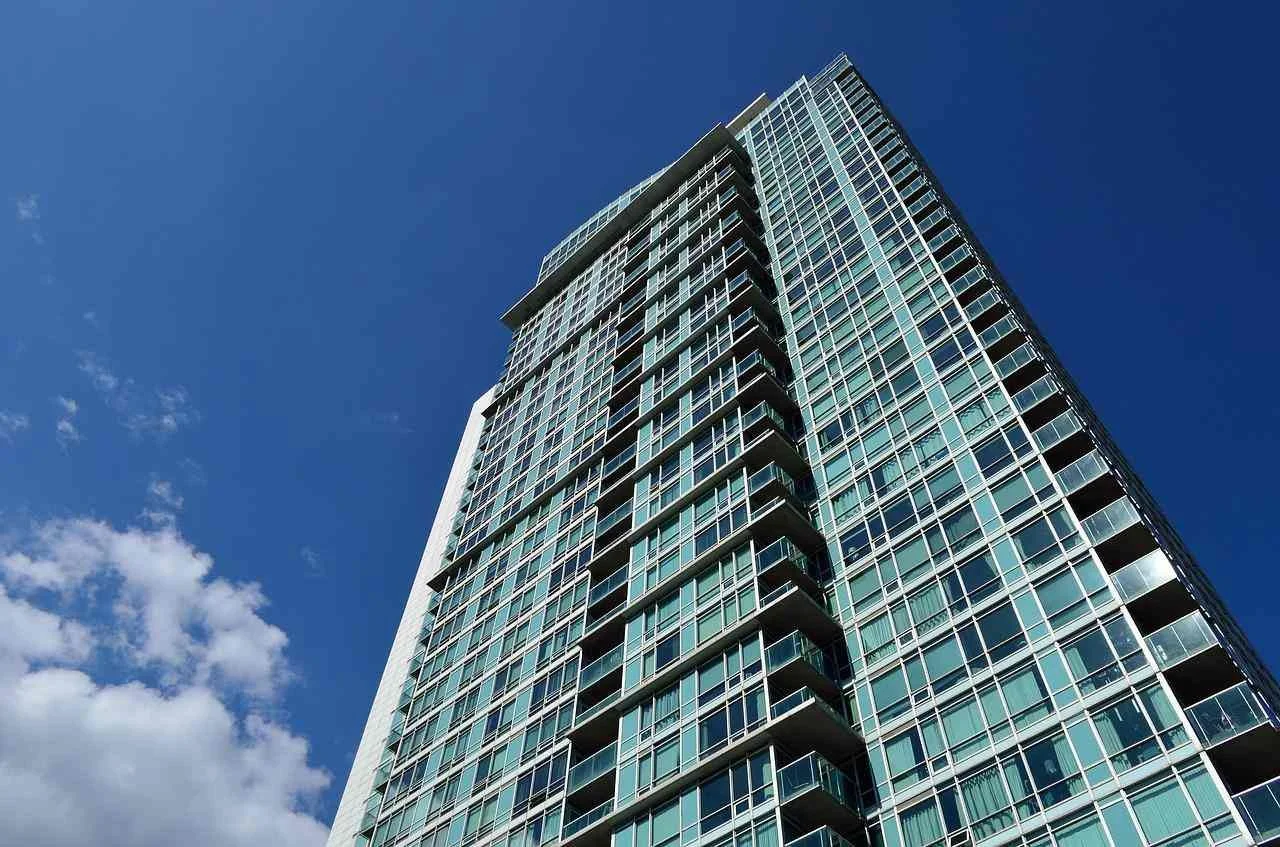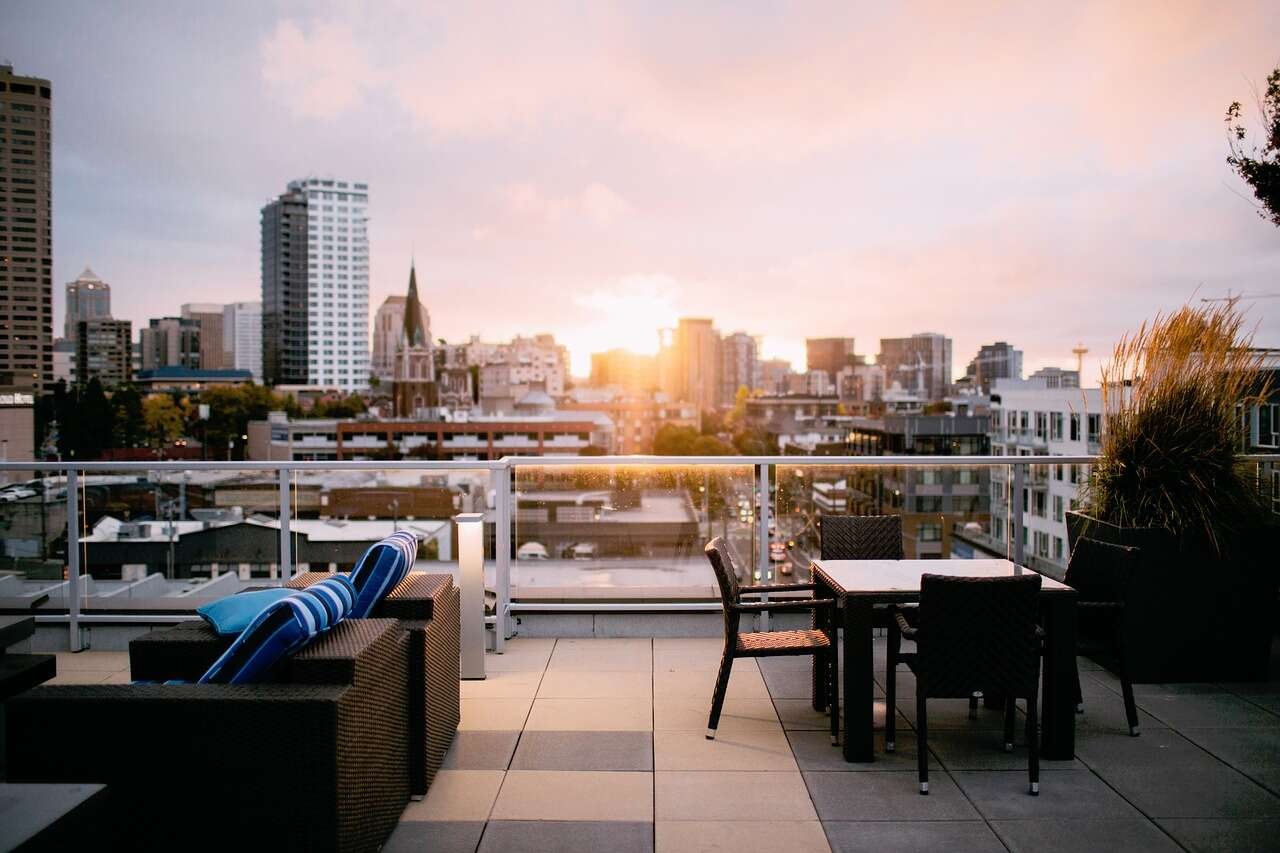5+ unit multifamily financing options include bank loans, CMBS loans, Fannie Mae and Freddie Mac multifamily loans, hard money, and more.
Multifamily Mortgage Loan Requirements, Explained
The Top 10 Multifamily Lenders of 2022
What are Commercial Loan Origination Fees?
Do Commercial Loans Require Commercial Mortgage Insurance?
Most single-family home mortgages require the borrower to pay private mortgage insurance (PMI), or, for HUD and USDA loans, a mortgage insurance premium (MIP). This insurance protects the lender in case the borrower falls behind on their payments or defaults on their loan. However, the vast majority of multifamily and commercial real estate loans do not require mortgage insurance, with the exception of HUD multifamily loans.
90% LTV Multifamily Loans
Freddie Mac Mixed-Use Property Guidelines
Freddie Mac allows mixed-used properties, provided that the property’s commercial income does not exceed 25% of the property’s gross income. In contrast, Fannie Mae requires that no more than 20% of a building’s net rental space be allocated for commercial purposes and that no more than 20% of a property’s effective gross income comes from commercial space.
What are the Minimum Occupancy Requirements for Freddie Mac Multifamily Loans?
How to Buy Your First Apartment Building
In this article, we’ll review almost everything you need to know to purchase your first apartment property. Over the next three sections of this guide, we’ll answer questions including how to get investors, how to find your first deal, how to get a multifamily loan, how to close, and what to do after closing.
What is a Non-Recourse Loan in Multifamily Real Estate?
When it comes to multifamily and commercial real estate loans, there are two main types of financing; recourse and non-recourse. When a borrower gets recourse financing, they are typically personally liable if they default on (or do not pay back) their loan. This means that the bank or lender may be able to seize their personal property to achieve repayment of the debt. In contrast, if a borrower has a non-recourse loan, the bank or lender generally can only take back the property as collateral for the debt instrument.











